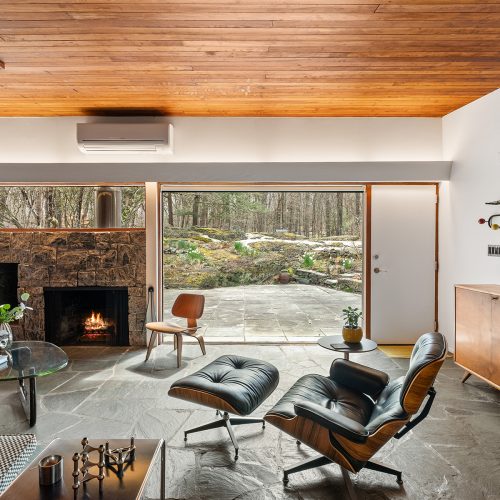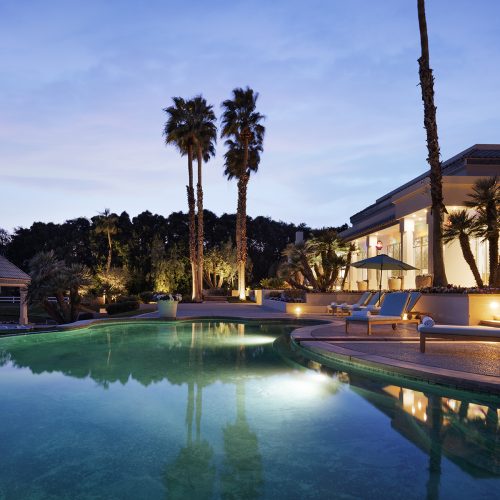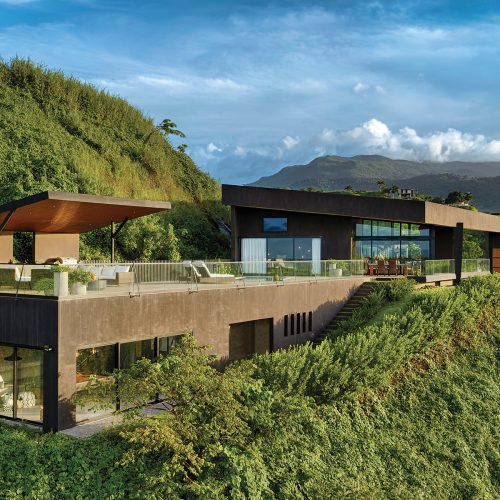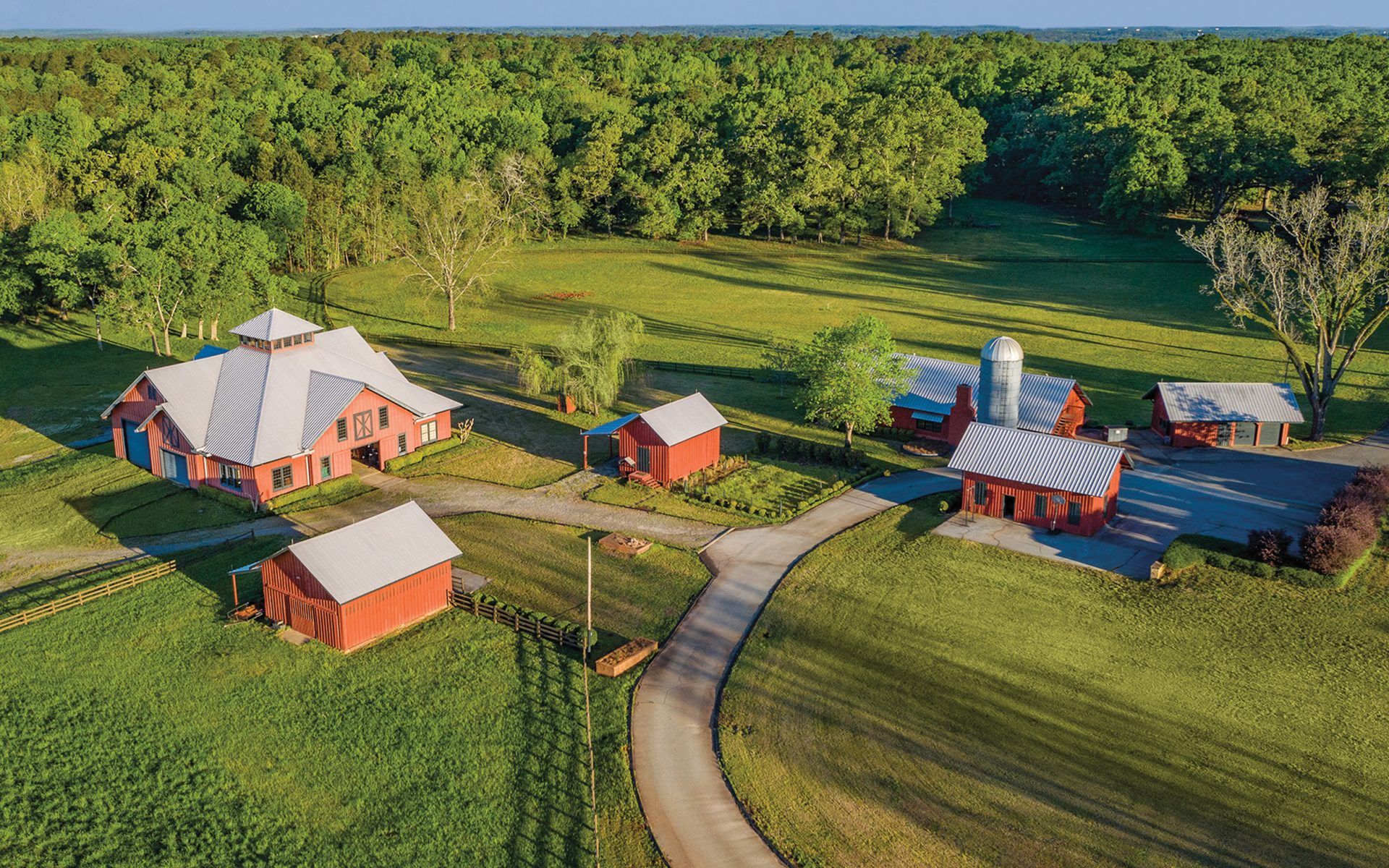

What to Look for When Buying an Equestrian Estate
Experts reveal what you need to know before buying a contemporary farmstead
The classic proportions of a gabled barn evoke the romanticism of a simpler time yet can also capture the prestige of hard-earned success. But when it comes to actually owning a traditional farmstead or equestrian estate, there’s a lot more to it than most people realize. Even in horse-friendly communities like Greenwich, Connecticut; Middleburg, Virginia; and Wellington, Florida, securing the perfect setting for a multimillion-dollar stable of thoroughbreds can be a challenge, which is why it’s critical to enlist a real estate agent who has experience with the horsey set.
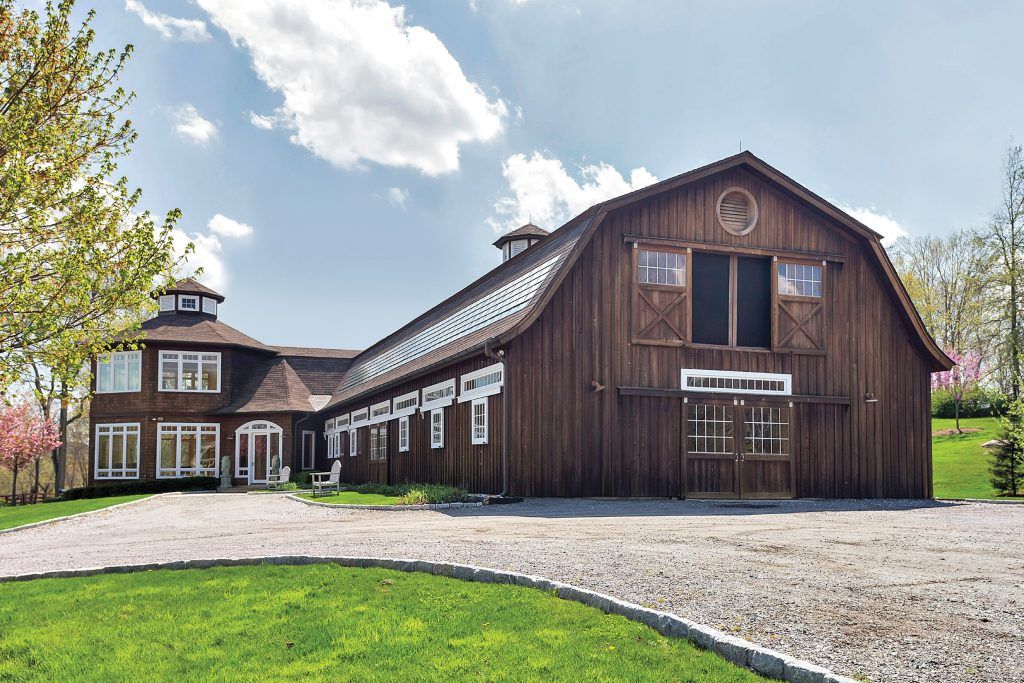
One such agent is Douglas Elliman’s Sally Slater, who is based in the New York tristate area and has been riding and competing her whole life. “When I get someone interested in a horse property, one of the first things I ask is whether they compete or trail ride,” she says. The answer determines both the important characteristics of the compound as well as its location. (For instance, access to trails isn’t as essential as proximity to horse shows for a competitive rider.) There are also questions of zoning, which include whether you can build an indoor ring, add more paddocks, clear additional land, or use the estate for commercial purposes.
Recommended: Why Buying a Private Island Is Easier Than You Think
Perhaps the most crucial aspect to consider is occupancy. “Very often, permitting goes with the owner rather than the farm,” explains Slater, who recommends inserting a contingency agreement into the sale as a way of protecting the buyer should the proper paperwork prove elusive. A cap on the number of animals is also standard in many areas, like Bedford, New York, which generally requires two acres for the first horse and another acre for each additional one.
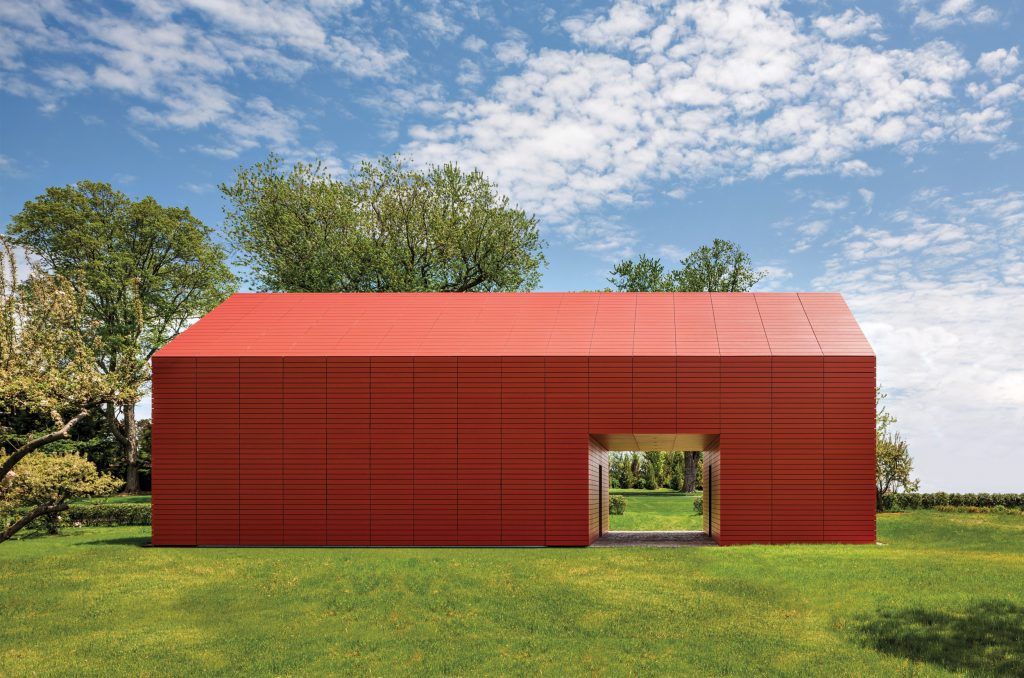
Renowned architect Peter Pennoyer, who grew up around horses and has renovated a polo property on Long Island, New York, believes the best equestrian complexes “encompass a diversity of buildings built over the years and tied together through color and materials.” He also cautions that a farm’s orientation is key to its safety. “You need to separate horses from vehicles to avoid accidents,” he points out, adding that the views of the paddocks from the main residence can enhance the property’s charm and desirability. “Part of the delight of having horses is being able to see them.”

In recent years, though, there’s been a rise in outbuildings that resemble barns but are used for other purposes, such as galleries, guest quarters, or poolhouses. “Because barns have an iconic form and presence, clients see them as being complementary to any house they have, whether it’s traditional or more contemporary in style,” says architect Roger Ferris, who recently conceived a scarlet-hued structure in Connecticut that functions as an artist’s live/work space. “They make great additions whether they’re on larger complexes or not. There’s nobody on the planet who doesn’t like a barn.”
A version of this article first appeared in print in our 2019 Winter Issue under the headline “Farm Fresh.” Subscribe to the magazine.

